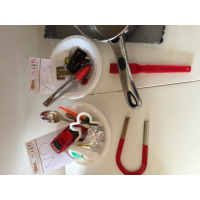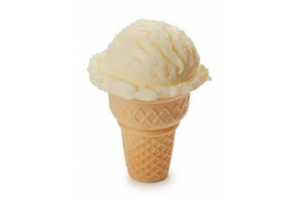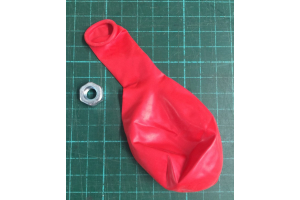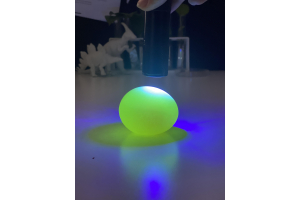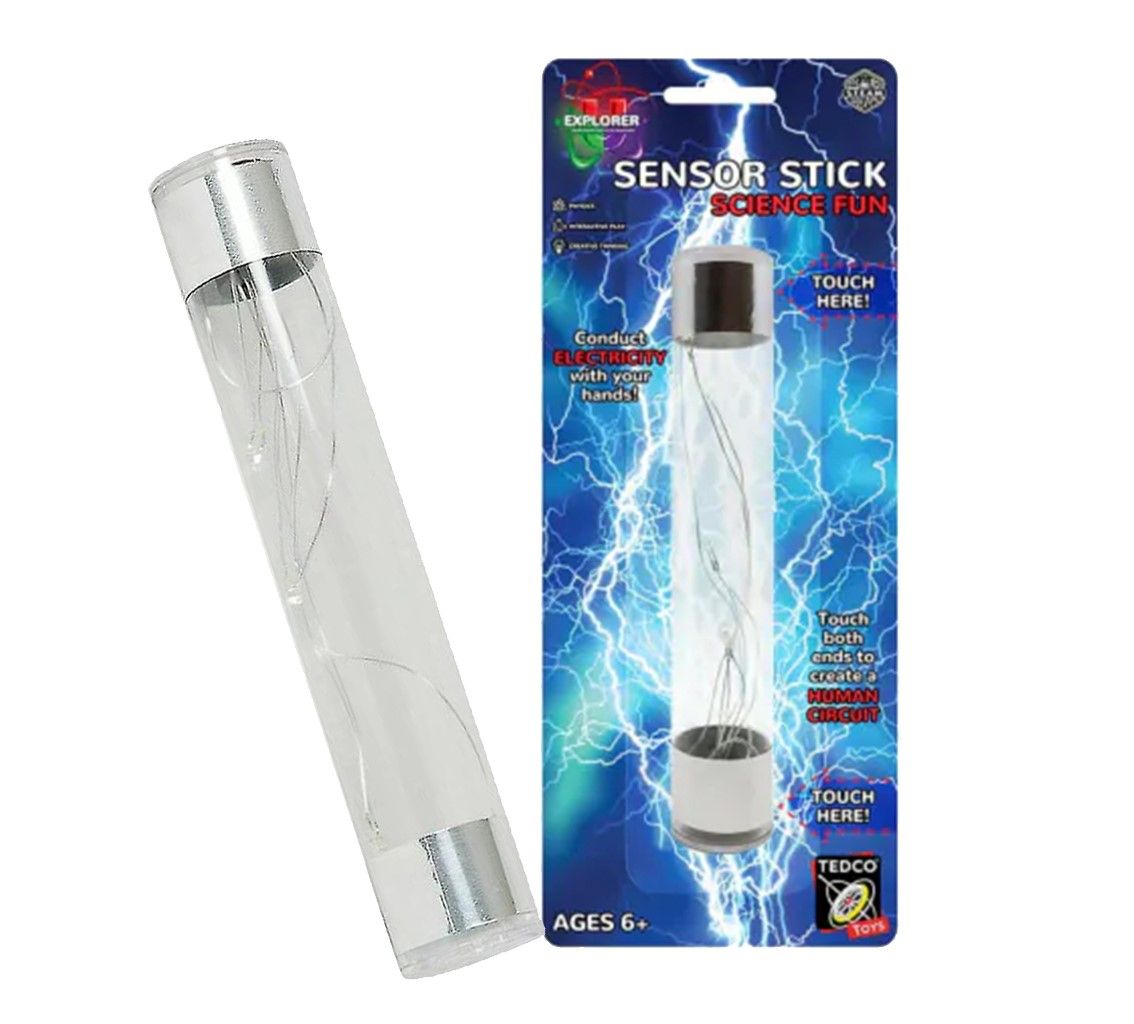Magnetic Attraction
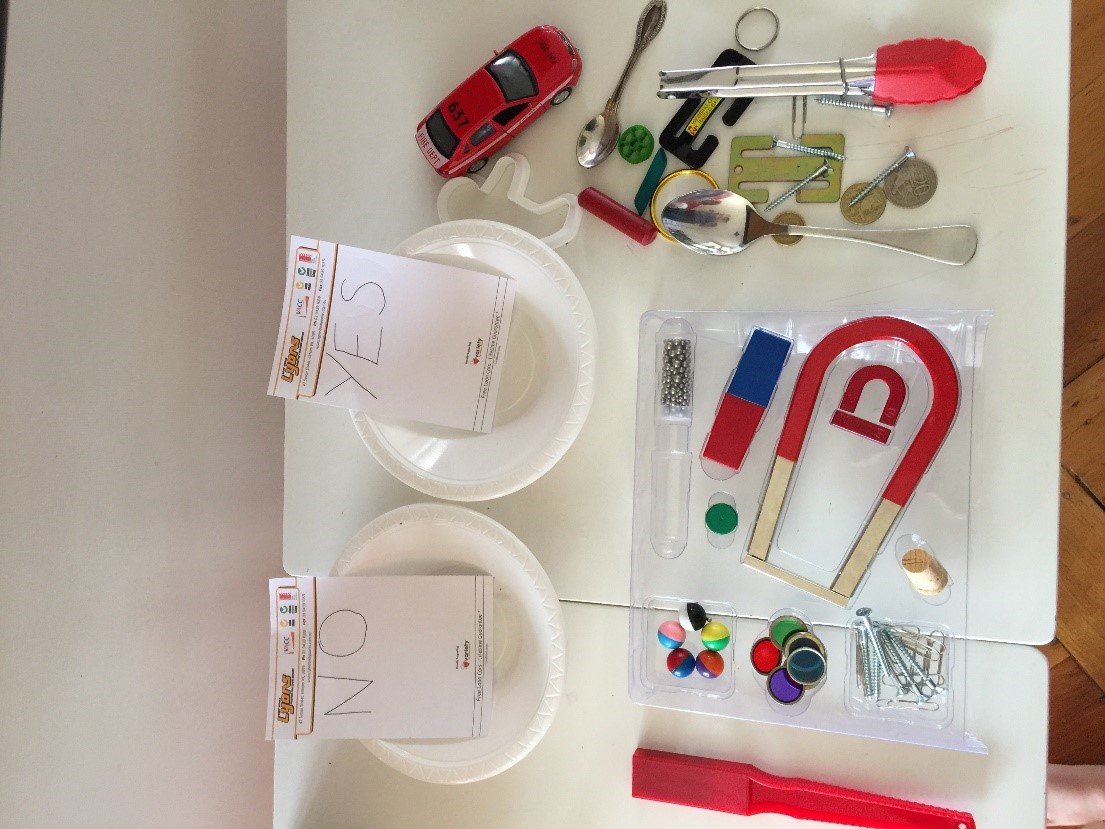
A wonderfully simple exploratory activity for little scientists that incorporates plenty of scientific thinking.
You Need
- A magnet, such as a horseshoe magnet or magnet wand
- An assortment of metal and non-metal household items such as: A key, some coins, a food can, a soft drink can, a metal spoon, a wooden spoon, a gold or silver necklace, a paper clip, aluminium foil, a baking tray, a metal toy car, a plastic toy, a small piece of wood, a small glass marble or glass jar, a rubber band, and a cork.
- Two large bowls or containers, labeled ‘Yes’ and ‘No’.
What To Do
- Hand the child the magnet and let them work their way through the samples, sorting the magnetic ones into the ‘Yes’ bowl and the non-magnetic ones into the ‘No’ bowl.
- Ask them to make a prediction (a hypothesis) before testing each one.
- When they have finished, discuss their results by asking questions such as: What kinds of things are magnetic? Did anything surprise you? Did you predict correctly?
Why Is It So?
All magnetic objects contain a metal called iron (other magnetic metals are nickel and cobalt, but these are far less common). You can point out the objects that are metal, but are not magnetic.
This very simple experimen has several important aspects of scientific thinking, such as making and testing a hypothesis, working methodically, grouping results and summarising results.

